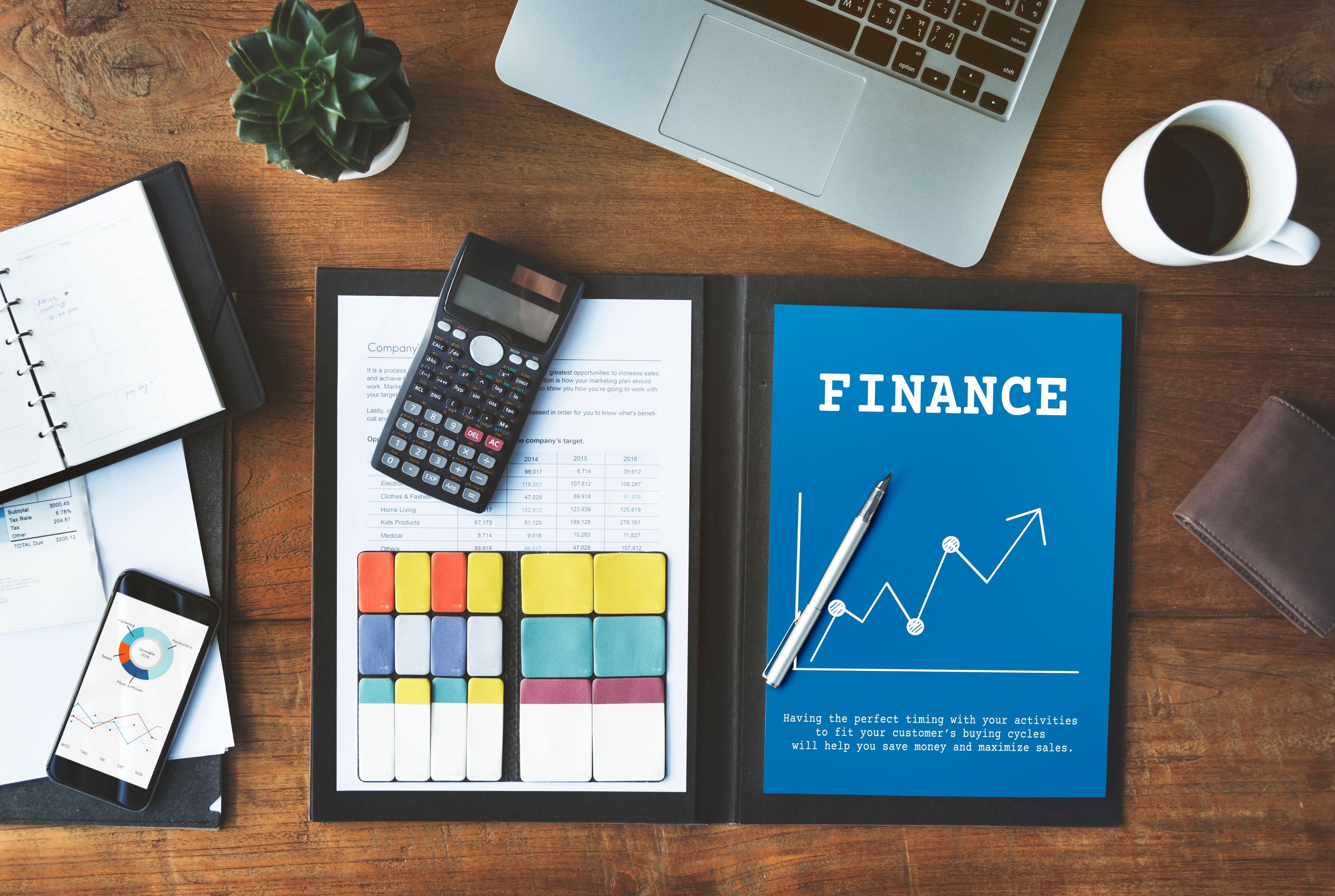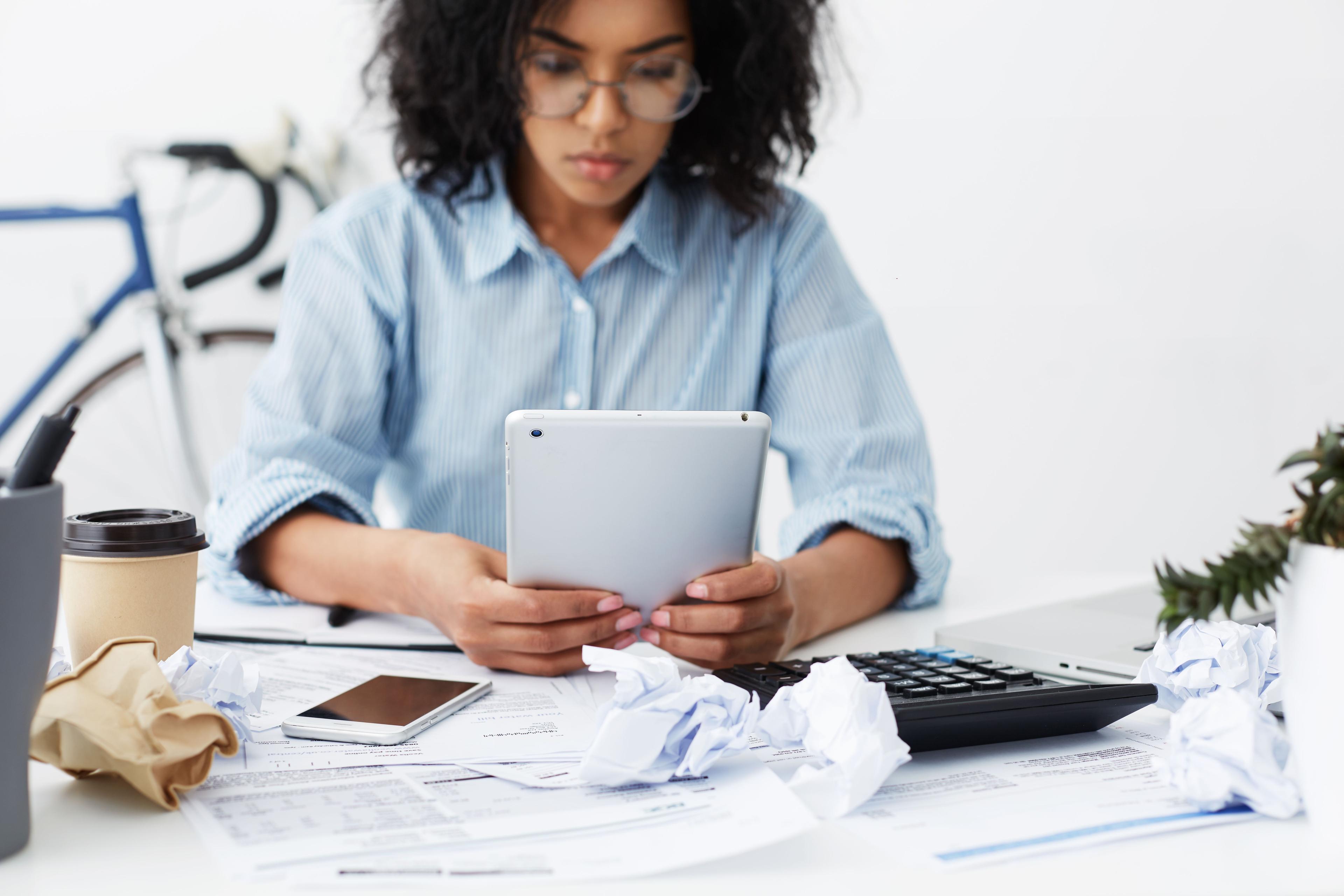What Is a Balance Sheet , and How to Create One (Even If You’re Not an Accountant)
A balance sheet is divided into three main parts: Assets, Liabilities, and Owner’s Equity. If you can understand these three, you can read and create a balance sheet for your own business.
Temitope Ayegbusi

You probably already know how much money comes in and goes out of your business. But do you know what your business is actually worth? That’s where a balance sheet comes in.
A balance sheet is like a snapshot of your business’s financial health. It shows what your business owns (assets), what it owes (liabilities), and what’s left over (equity). For example, if your laptop is worth $1,000 (that’s an asset), and you still owe $400 on it (that’s a liability), your equity in that laptop is $600. Simple, right?
This article is a short, practical guide to show you what a balance sheet is, how to create one, how to interpret it and how it helps your business grow. Also, with free templates and AI automation suggestions.
Why Every Small Business Needs a Balance Sheet
According to IAS 1 – Presentation of Financial Statements, every business is expected to prepare a statement of financial position, better known as a balance sheet, at the end of each accounting period (12 month), along with other key financial reports like the income statement (profit and loss) and the cash flow statement.
These financial statements aren’t just for compliance. They give both you and others, like banks, lenders, and potential investors, a clear picture of your business’s financial health. But beyond just being a requirement, your balance sheet tells a story that’s crucial for your growth:
- It helps you understand if your business is financially healthy.
- It shows investors and lenders that you know your numbers.
- It helps you decide when to spend, when to save, and when to scale.
If you ever plan to apply for a loan or attract investors, this is one of the first documents they’ll ask for.
They use it to see whether your business is profitable, stable, and capable of managing more financial responsibility.
How Does a Balance Sheet Work?
Balance sheet works based on a simple but powerful formula:
Assets = Liabilities + Owner’s Equity
Everything your business owns (your assets) is funded either by money you borrowed (liabilities) or money you invested (equity). Let’s make that real.
Meet Carlos, who runs a small landscaping business in Texas. He just bought new lawn equipment worth $5,000 to handle bigger clients. He paid $3,000 in cash from his savings and financed the remaining $2,000 through a short-term business loan.
Here’s what his balance sheet would show:

Now, if we plug that into our formula: Assets ($5,000) = Liabilities ($2,000) + Equity ($3,000)
The equation balances, just as it should. But that’s not the only thing your balance sheet tells you. For a small business like Carlos’s, it shows whether the company is becoming more financially stable or taking on too much debt.
For example:
- If your assets (like cash, equipment, or inventory) keep increasing, you’re building a stronger business.
- If your liabilities grow faster than your assets, you might be running on too much credit , and lenders will see that as a red flag.
When reviewed regularly, your balance sheet helps you understand whether your business can handle new expenses, qualify for a loan, or attract investors.
The Main Elements of a Balance Sheet (and What They Mean)
A balance sheet is divided into three main parts: Assets, Liabilities, and Owner’s Equity, as we have established earlier. If you can understand these three, you can read and create a balance sheet for your own business, no accounting degree needed. Let’s break them down in plain English.
1. Assets — What Your Business Owns
Assets are the valuable things your business owns or controls, or you can say, things that help you operate and make money. These can be split into two main groups:
- Current Assets: These are short-term items that can easily turn into cash within a year. Examples: Cash in your bank account, Accounts receivable (money customers owe you), Inventory or stock you plan to sell, Prepaid expenses (like insurance or rent paid ahead).
- Non-Current (or Fixed) Assets: These are long-term resources that help you run your business. Examples: Equipment, tools, and machinery, Vehicles used for business, Office furniture or computer, Property or land.
For Example: If you run a food truck business, your truck, refrigerator, and cooking equipment are all assets. They help you earn income, even if you’re still paying them off.
2. Liabilities — What Your Business Owes
Liabilities are the debts or financial obligations your business needs to pay back. Just like assets, they’re grouped into:
- Current Liabilities: These are Short-term debts due within a year. Examples: Credit card balances, Unpaid supplier bills (accounts payable), Short-term business loans, Payroll taxes or sales taxes owed, etc.
- Long-Term Liabilities: These are Debts that take longer to pay off. Examples: Equipment loans, Business mortgages, Vehicle financing, etc.
For Example: If you bought new delivery vans with a three-year loan, that’s a long-term liability. If you owe your vendor for supplies you bought last month, that’s a current liability.
3. Owner’s Equity — What’s Truly Yours
Owner’s Equity represents what’s left for you, the business owner — after subtracting all debts from your assets. Owner’s Equity = Assets – Liabilities
It includes:
- The money you invested to start or grow your business
- Retained profits (money your business has earned and kept over time)
How To Create a Balance Sheet for Your Small Business (Step-by-Step)
If you’re a small business owner, creating a balance sheet might sound intimidating , but it’s actually pretty straightforward once you understand the basics. Here’s a simple step-by-step guide to help you prepare one, even if you’ve never done it before.
Step 1: List Everything Your Business Owns (Assets)
Start by writing down all the things that bring value to your business.
Include:
- Cash in your checking and savings accounts
- Customer payments you’re expecting (accounts receivable)
- Equipment, tools, or vehicles
- Inventory or stock
- Property or office furniture
Step 2: Record What Your Business Owes (Liabilities)
Next, list out all the amounts you owe to others — both short-term and long-term.
Include:
- Credit card balances
- Vendor or supplier bills
- Taxes owed (sales tax, payroll tax, income tax)
- Business loans or equipment financing
This helps you see what part of your business is funded by borrowed money.
Step 3: Calculate Your Owner’s Equity
Now, use the formula:
Equity = Assets – Liabilities
This shows your true financial stake in the business , what you actually own after paying off what you owe.
If your assets are $50,000 and liabilities are $20,000, your equity is $30,000. That means you’ve built $30,000 worth of ownership in your business.
Step 4: Organize Everything Clearly
Create two columns, one for assets and another for liabilities and equity. They should always balance: Assets = Liabilities + Equity.
If the two sides don’t match, check your numbers again , it means something’s missing or double-counted.
Step 5: Review and Update Regularly
Your balance sheet isn’t a “one-and-done” report. Update it monthly or quarterly so you can track progress and make smarter decisions about spending, saving, or applying for funding.
Step 6: Let Adam by Tyms Do It for You
If you’d rather skip the spreadsheets and manual tracking process, Adam by Tyms makes it effortless. You can get your report in less than 5 min.
Here’s how:
- Sign up on Adam by Tyms for $1
- Connect your business bank account securely
- Go to the “Reports” section
- Let AI automatically prepare your balance sheet in seconds
- Download your report instantly — ready to show investors, apply for a loan, or file your taxes
How to Use Your Balance Sheet
Once your balance sheet is ready, don’t just file it away, use it to make smarter business decisions.
If you’re thinking about applying for a business loan, your balance sheet will show lenders that your business is financially healthy and capable of repayment. It helps them see how much debt you currently have, what your assets are worth, and how stable your equity is.
Likewise, investors look at your balance sheet to gauge how efficiently your business is growing. If your assets are increasing faster than your liabilities, that’s a sign your business is managing money wisely, and that’s what investors love to see.
Instead of spending hours updating spreadsheets, Adam automatically creates your balance sheet in seconds, pulling real data directly from your connected bank accounts. Get started with Adam by Tyms for $1.
You can also read:

Free accounting tools you can try today, no signups required
Below is a breakdown of free accounting tools and how each one helps business owners make better financial decisions.
Temitope Ayegbusi
Dec 17, 2025

How to Set Up Custom Rules for Bank Transaction Categorization
Most accounting tools rely heavily on these rules to function properly. But with Adam by Tyms, rule-setting is optional . Adam can auto categorize your transactions accurately on its own by learning your spending patterns and behavior.
Temitope Ayegbusi
Dec 3, 2025